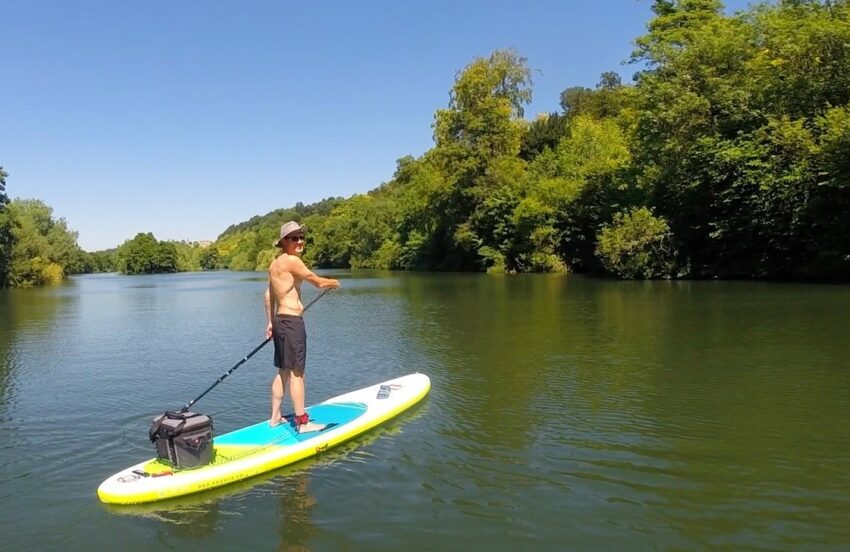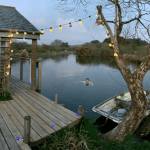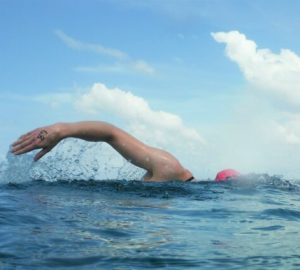How to get started in stand up paddle boarding
With people now looking towards socially-distanced sports to occupy their time, paddle boarding could be a great option and partner to outdoor swimming. Here’s everything you need to know about getting started.
One of the great things about paddle boarding is that it’s easy to learn. You basically stand up and paddle. However, guidance from an experienced paddler or a professional coach will help you learn quicker and ensure you stay safe. Because paddling is so easy, a paddle board is a great piece of kit for family activities and for simply enjoying the water. In our experience, kids pick up paddle boarding much quicker than adults, and can often be paddling within minutes. That said, please don’t send children off paddling on their own and be aware that wind and wind direction has a big impact when paddling – weaker and inexperienced paddlers will struggle to paddle against a headwind.
Initially, standing up and keeping your balance can be tricky, especially for heavier adults who are close to the weight limit of the board. Start by kneeling on the board to get used to the paddling mechanics and steering. To stand up, kneel just behind the centre line of the board and place your hands on the board in front of you. Place your feet in position one at a time while keeping your weight on your hands. The feet should initially be just behind the centre line of board and shoulder width (or a bit wider) apart. When both feet are in position, gradually shift your weight from your hands to your feet and stand up, keeping a slight bend in your knees. Remember you can drop to your hands and knees again if you are in danger of falling off.
To paddle, place one hand on the handle while the other grasps the paddle shaft (hands should be just wider than shoulder width apart). Reach forward, place the blade in the water and pull back in a straight line close to the board. Repeat. With practice it’s possible to paddle in a straight line while just paddling on one side but it’s easier to keep straight if you swap sides every few paddle strokes. To turn, sweep wide with the paddle.

It’s easier to learn on flat, calm water. All pictures (c) Katia Vastiau
It doesn’t really need to be said, but it’s much easier and safer to learn in flat, calm water than anywhere with currents or waves.
Stand up paddle boarding is safe and fun but as with swimming use your common sense as things can go wrong. There is always a risk of falling off, so use a leash so that you stay attached to the board. The leash is also useful for lifting a board out of the water. Buoyancy aids should be used.
Remember that you will be affected by the wind as a paddler much more than as a swimmer. Paddling into a strong wind is hard work. If you’re doing a round trip or a longer journey, pay as much attention to the wind direction as to any currents or river flows or you may find yourself struggling to paddle back.
Finally, conditions on the water can change quickly so be prepared. Most boards have attachment points where you can fix a waterproof bag. It would be worth putting in a sweatshirt and a waterproof jacket for longer trips.








